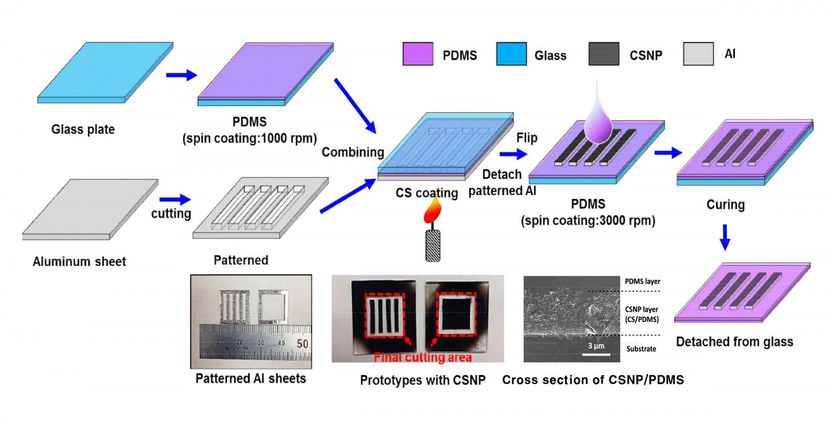Skin models instead of rabbits
OECD Expert Committee agrees on non-animal method to test the skin-irritant action of substances
Advertisement
At a meeting at the Federal Institute for Risk Assessment (BfR) in Berlin, an international expert committee of the Organisation for Economic Co-operation and Development (OECD) agreed on a new alternative test method involving no animal experiments to determine the irritant properties of foreign substances on the skin. The method uses reconstructed human skin models to replace the rabbits which had been stipulated up to now. Prior to this, the Centre for Alternative Methods to Animal Experiments (ZEBET) within BfR had examined this method on behalf of the European Commission in interlaboratory tests on an international level in order to establish whether it could replace the animal experiments without jeopardising occupational health and safety and consumer protection. This method will now be taken over into European legislation and adopted at the beginning of 2009 as an OECD Guideline.
"Animal welfare must not stop at boundaries; this joint procedure by the EU and OECD is, therefore, a major success", says Professor Dr. Dr. Andreas Hensel, President of BfR. This method is needed in the EU so that manufacturers of chemical substances can comply with the requirements of the EU Cosmetics Regulation and the new legislation on chemical safety (REACH). According to this, they must test the skin-irritant properties of substances without recourse to animal experiments. As, in some cases, different regulations apply to countries outside the EU, a corresponding guideline on animal-free testing was urgently needed on the OECD level.
Depending on the purpose and the volume placed on the market, chemical substances must be tested for health risks. In most cases animal experiments are stipulated; however for some tests there are already alternatives. As the new European chemicals legislation REACH will lead to a dramatic increase in the number of chemical tests in Europe, there is an urgent need for recognition of alternative methods of this kind. However, if they are only recognised within the EU, this could mean that for the marketing of a substance on non-European markets (for instance USA and Japan) additional conventional tests in animals could be demanded. To avoid this, the OECD has introduced an accelerated procedure for international comments and consultation with experts for the new test method for the skin-irritant effects of substances.
Following a meeting at BfR the experts approved a draft test guideline which will now be taken over into EU legislation. After a further expert consultation in March 2009, it will probably be approved in the USA as an OECD test guideline, too. Should the OECD guideline contain amendments, the European Commission has agreed to promptly adapt the EU test directive.





























































